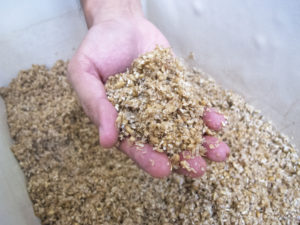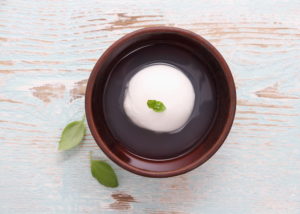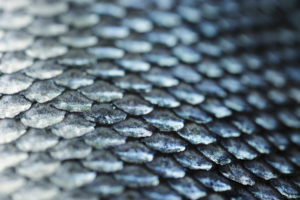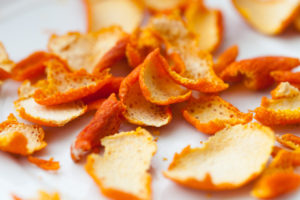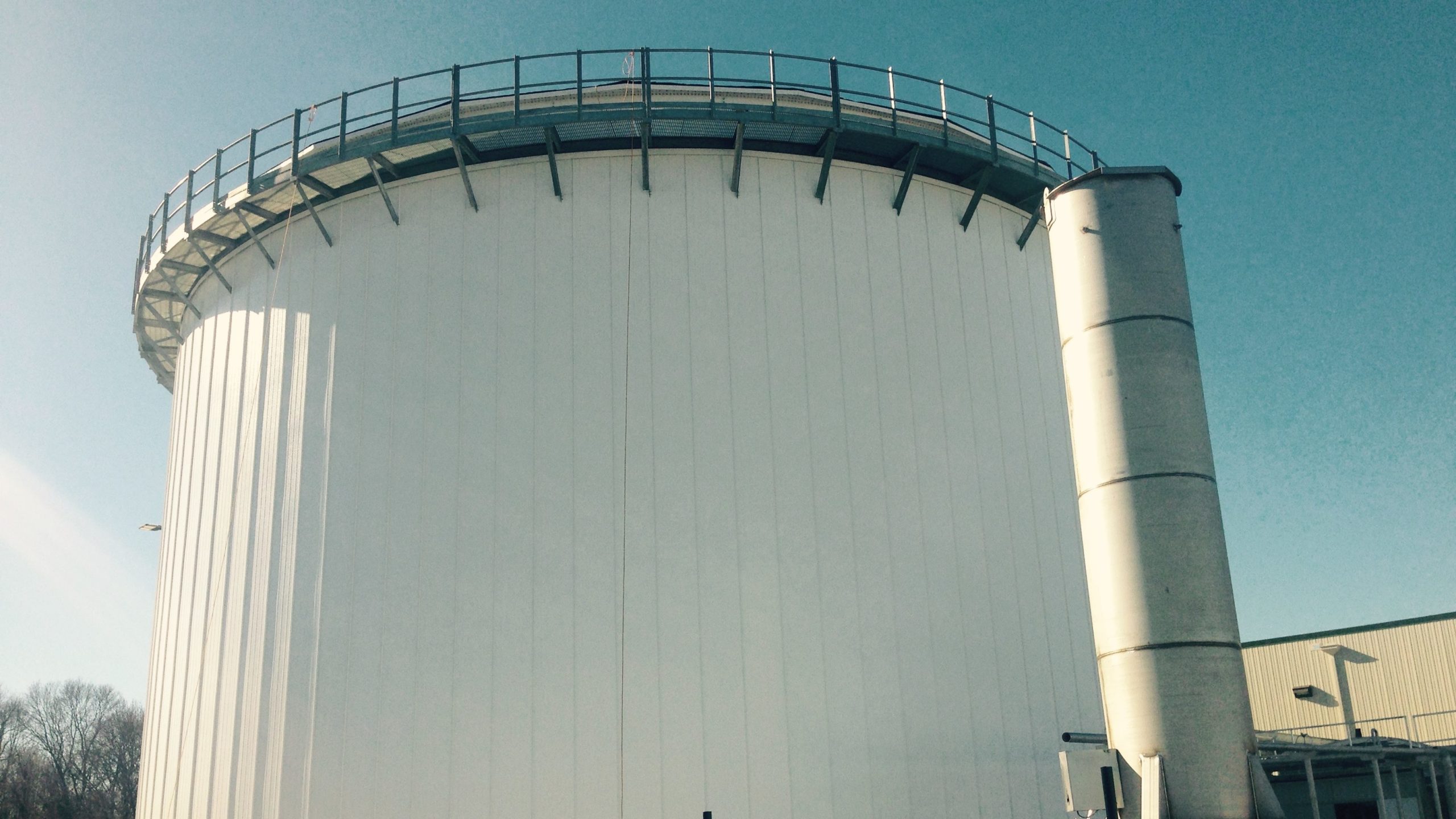5 Times By-Products Made You More Sustainable

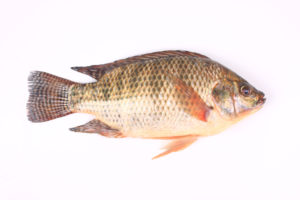
1. Treating burns with fish skin
For tilapia farms, fish skin is a waste product, but for doctors in Brazil’s burn wards, it’s a game-changing new treatment.
With its high levels of collagen, tilapia skin is a natural for healing burns. It stays moist longer than gauze and doesn’t need to be changed like traditional bandages. Between fish farm and hospital, it's treated with sterilizing agents and irradiated before packaging to kill any bacteria or viruses. Once treated, it can last for up to two years. All that, and it costs 75% less than the sulfadiazine cream traditionally used.
Flipping to fish bandages doesn’t only help humans: California veterinarians used tilapia skin to treat two adult bears and a cougar cub after wildfires swept Los Padres National Forest. You could say it's going...swimmingly.
2. Feeding animals with spent grain
There’s been a symbiotic relationship between breweries and farmers for centuries. No, it's not that farmers appreciate a cold one at the end of the day! We mean their mutual pal, wet grain.
It goes like this: brewers begin their recipes with a mash of grain and water. Once the grain’s starch converts into sugar, the mash is drained and rinsed and the grain is no longer needed. Because waste removal can be pricey, many breweries have struck up a bargain with local farmers: all the spent grain they want, for cheap. Or free!
It's that rarest of animals: an arrangement that benefits everyone. Breweries get rid of their by-product and the farmers get an ongoing supply of cheap or free nutritious food for their animals. It’s a common-sense kind of solution that showcases how sustainability can be an easy, daily choice you just keep making.
(No word so far on whether the animals prefer a triple-hopped IPA spent grain or something a little more approachable, like a nice cream stout.)
3. De-icing roads with cheese brine
It’s not such a stretch to use spent grain as animal feed. Farmers need grain for their stock anyway. But how about using food waste to de-ice roads?
In Northern Europe, sugar beets have long been ground into dry rubs to treat roads before a storm. Washington, D.C., and New Jersey use beet juice, and some areas in Massachusetts use a molasses-based treatment. (RIP our winter boot uppers.)
Polk County, WI, uses cheese brine.
Treating roads with a liquid mixture of salt, water, and chemicals before the snow flies helps road salt stick better and hinders ice formation. And since cheese brine is basically just salty water, why not use what’s around, especially when you can’t beat the price? The dairy providing their brine offers it cheap in exchange for free waste processing.
4. Getting sparkly with fish scales
Sure, cosmetic makers can use mica to get that gotta-gram-it sparkle, but some still cave to the OG mermaid inspo and get their pearlescent glimmer from crushed-up fish scales.
Primarily sourced from herring, fish scales are a waste product removed during the purse-seining process (they're left behind in the net). Those iridescent scales get crushed into dust and mixed into various cosmetics, shampoos and conditioners, and skin products. The scales’ ability to partially reflect and transmit light from layer to layer gives cosmetics a pearly luster which appears lit from within.
(We're herring it's really on trend.)
5. Feeding rainforests with orange peels
People don’t always think “corporation” and “conservation” in the same sentence, but back in 1997, one orange juice company found the synergy in corporate responsibility. Encouraged by two University of Pennsylvania ecologists, Costa Rican orange juice manufacturer Del Oro offered part of its forested land to Área de Conservación Guanacaste in return for permission to dump orange peel waste, at no cost, on degraded land within that same park.
One year and 12,000 metric tons of orange peels later, a rival company’s lawsuit meant the agreement was at an end, and the orange peel-covered land was abandoned.
Flash forward to 2013: a team of researchers surveyed the land and found a whopping 176% increase in above ground biomass (read: plants) across the three hectares where the peels had been dumped. The peels had also contributed to richer soil, greater forest canopy cover, and more diverse species of trees. Excuse us while we dump some clementine peels into our office plants.
6. Anaerobic Digestion
For those food waste co-products that can’t be re-purposed, consider anaerobic digestion, a process during which bacteria break down biodegradable waste into fertilizer and biogas.
To meet their goal of zero waste by 2020, Stop & Shop Supermarkets tapped Dennis Group to design and build an anaerobic digester that could break down packaging materials as well as food. The biogas produced provides up to 40% of the power for the adjacent 1.1MM SF distribution center! That's how we light 'em up...in a sustainable, environmentally-conscious sort of way.
Wondering how your food production facilities can become more sustainable?
Dennis Group can help! Contact us today to get the ball (or peeled orange) rolling.





